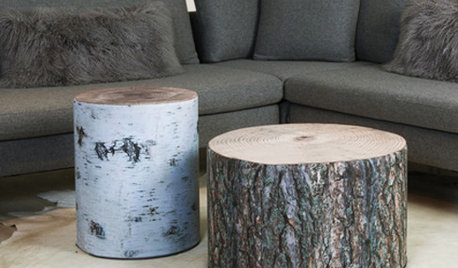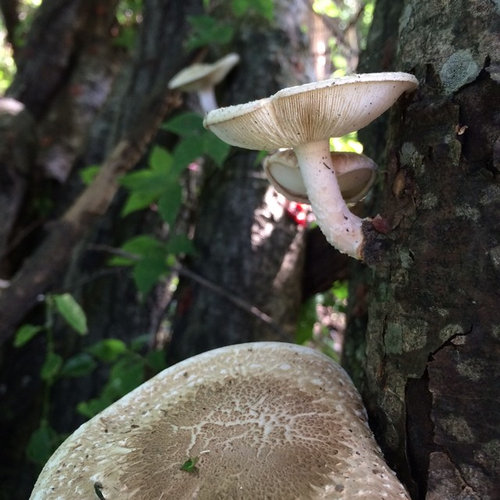Mushroom Identification?
curlylindsay
8 years ago
Featured Answer
Sort by:Oldest
Comments (9)
aniajs
8 years agoRelated Discussions
wanted: mushroom identification book for ne usa
Comments (1)Tim, I live in Missouri and our conservation dept. puts out some great pamplets on mushrooms. Check and see if your state has the same offering. Happy hunting!! Sara...See Morelooking for mushroom identification forum
Comments (3)They sound very interesting but so far nothing like anything I'm familiar with off the cuff...if only GardenWeb would fix the 'Mushroom' forum so that it doesn't display 'ferns & mosses' people might have a better chance at your mystery mushroom.... Only need to post pic of the cap, gills, & stalk (no need to post 100 pics or anything); otherwise a description of spore print color and habitat (soil, mulch, trees nearby etc) Sounds like you know the drill. HTH and look forward to hearing back...See MoreSwedish mushrooms Identification
Comments (2)Gyromitra esculenta...See MoreMushrooms in Fox Farm soil w/Tomatoes
Comments (11)You can google up Mushroom Identification and look at images, or you can search for "mushrooms of [state]" and often find guides from state conservation agencies. That one does look a lot like the Orange Fly Agaric, which grows red out West but yellow orange in the east. I've seen them out west when they open up to a flat top 6" across and red like a mini pizza with toppings. Anyway the Fly Agaric is hallucinogenic and also somewhat toxic. Natives used to use it, and in some cases, the tribe's shaman would eat the mushrooms, thus filtering the poisons out (since he was a shaman), concentrating the hallucinogenic parts in his urine, which was then consumed by other members of the tribe. Hey, I don't make this stuff up! Yellow Orange Fly Agaric They are not harmful to plants and are probably enjoying the shredded wood in your potting mix....See MorePeter (6b SE NY)
8 years agolast modified: 8 years agoLoneJack Zn 6a, KC
8 years agolast modified: 8 years agogaryz8bpnw
7 years agolast modified: 7 years agoBarrie, (Central PA, zone 6a)
7 years agogaryz8bpnw
7 years agolast modified: 7 years ago
Related Stories

PRODUCT PICKSGuest Picks: Woodland Friends Roam Through Decor
Fake a forest in your foyer — or living room or bedroom — with fox, mushroom and faux-bois accents
Full Story




glib